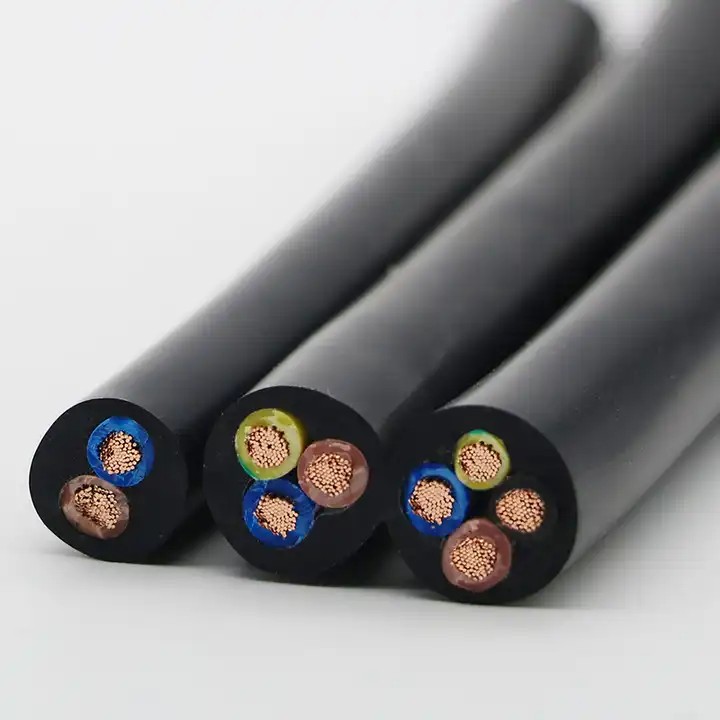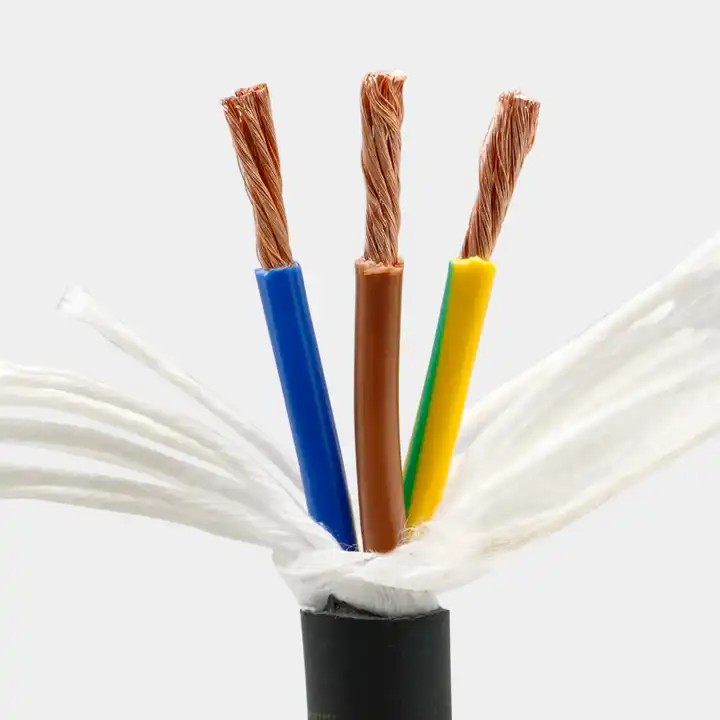모모1 IntroductionFor the immediate pressure, high powered laser pointer With its own coping style, it can break the predicament and usher in a new life through the quality of the product itself. https://highpowerlaser.shop/collections/burning-laser
모모
모모Laser diode pumping solid-state lasers (DPLs) have attracted great interest due to their high efficiency, high beam quality, compact structure and long life. In recent years, with the successful development of high-power diode lasers, the development of DPL and its application in military, industrial, medical, scientific research and other fields have been promoted.
모모
모모The heat loss of the laser diode (LD) accounts for more than 50% of the total power consumption during normal operation, and the instability of the working temperature of the laser diode caused by the heat loss will change its output wavelength, which will affect the efficient and stable output of the DPL. In addition, heat is generated during the light pumping of the laser crystal of a solid-state laser, which also needs to be cooled. With the increase of the power of the solid-state laser pumped by the laser diode, the heat load generated by the device is increasing, and the heat dissipation density is getting higher and higher, and the DPL cooling problem has become a technical difficulty in the current DPL research.
모모
모모In order to solve the problem of high-power DPL heat dissipation, many scholars at home and abroad have carried out a lot of research work in recent years, and proposed a variety of cooling methods such as microchannel liquid convection heat exchange, solid cooling, spray cooling and micro heat pipe cooling. In this paper, the research status of these technologies is reviewed and analyzed, and on this basis, microchannel boiling heat exchange cooling and liquid nitrogen cooling technologies are proposed.
모모
모모2 Technical Principles
모모
모모There are different types of high-power solid-state lasers, such as solid-state heat-capacitance lasers, new thin-slice lasers, fiber lasers, end-face pumping lasers, etc., although the shape and heat dissipation of each laser heat dissipation device are different, but its main heat dissipation devices are the pumping source and gain medium. The cooling principle of the pumping source and gain medium can be illustrated in Figure 1. According to the theory of heat transfer, laser cooling can be expressed as follows:
모모
모모In the formula, the heat dissipation is the heat dissipation capacity of the heat dissipation device, the 붸 is the convective heat transfer coefficient of the cooling working fluid in the heat sink channel, the heat exchange area of the heat sink channel, the wf is the temperature of the inner wall of the heat sink channel, and the f is the temperature of the cooling working fluid. 멊h is scattered
모모
모모Thermal device temperature. The purpose of laser cooling is to take away the heat dissipation of the heat dissipation device and ensure a certain temperature of the heat dissipation device.
모모
모모It can be seen from equation (1) that in order to improve the heat dissipation, the convective heat transfer coefficient of the cooling working fluid in the heat sink channel should be increased as much as possible, the heat exchange area of the heat sink channel should be increased, and the temperature of the cooling working fluid should be reduced. At the same time, the thermal conductivity of the heat sink is reduced, so that the temperature of the inner wall of the heat sink channel is uniform and as close to the temperature of the heat sink device as possible.
모모
모모3 Research status
모모
모모The research status of four cooling technologies, namely microchannel liquid convection heat transfer, solid cooling, spray cooling and micro heat pipe cooling, is reviewed and analyzed.
모모




